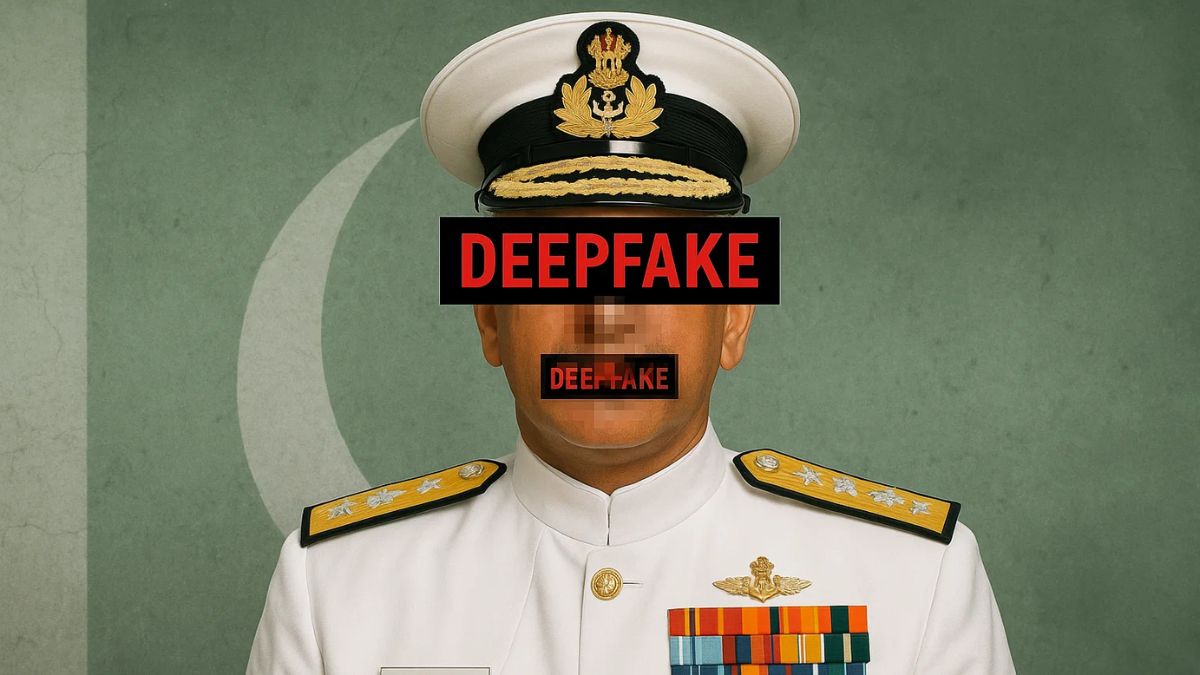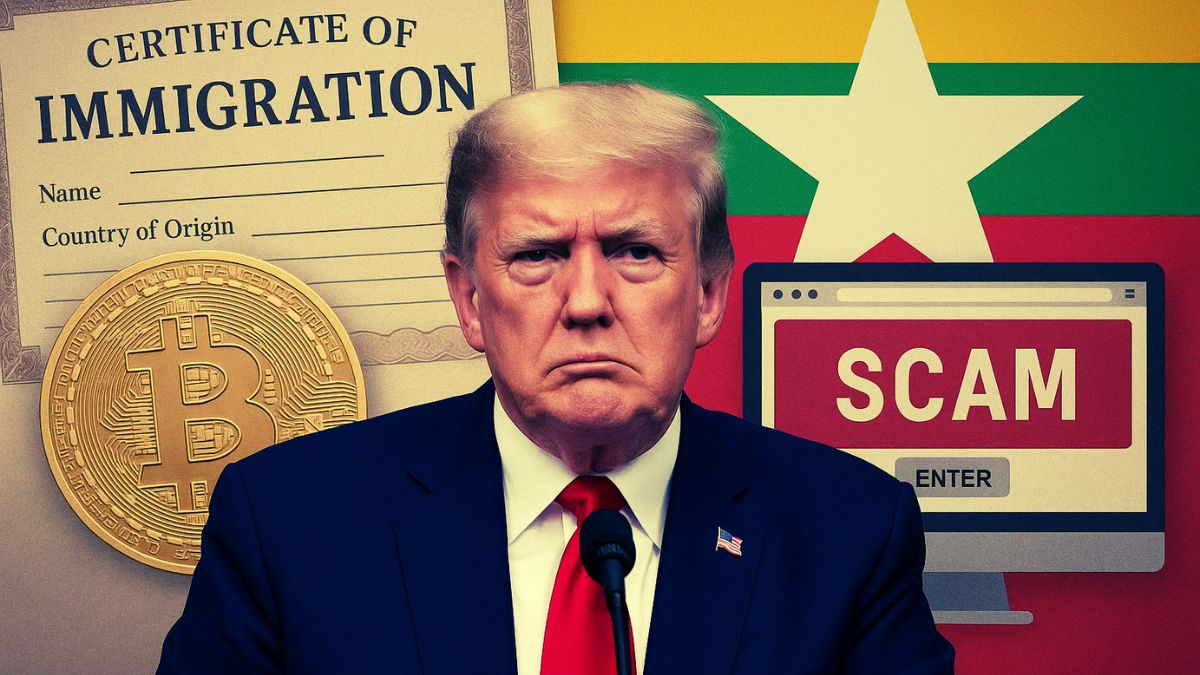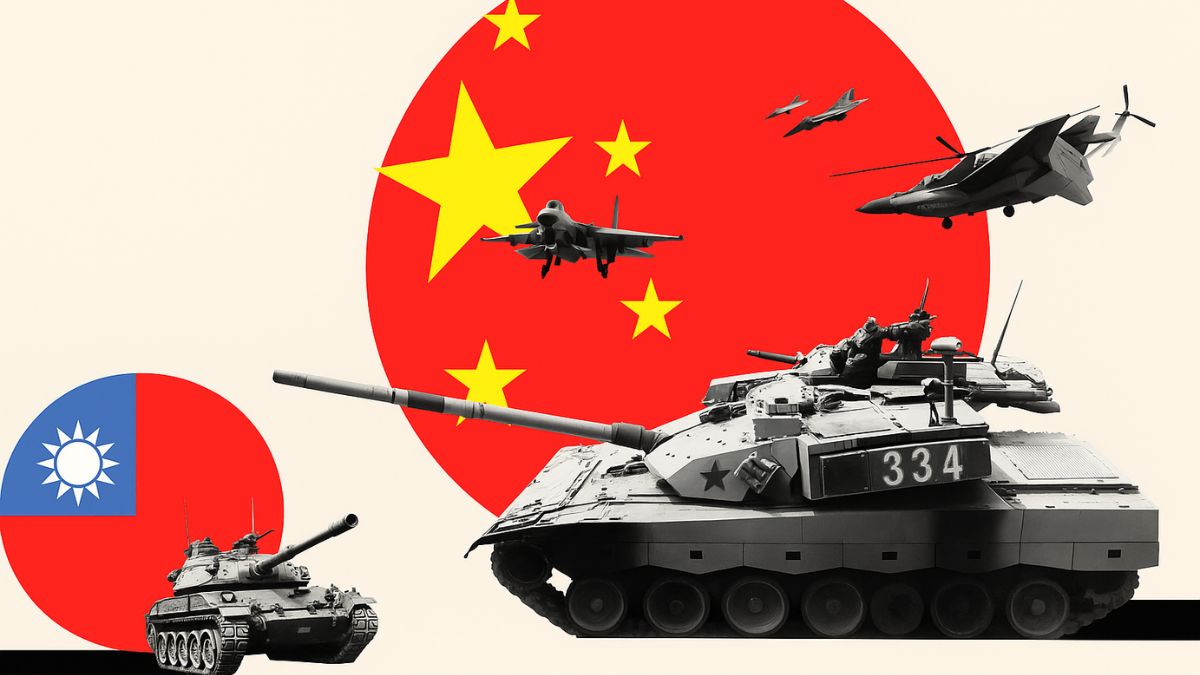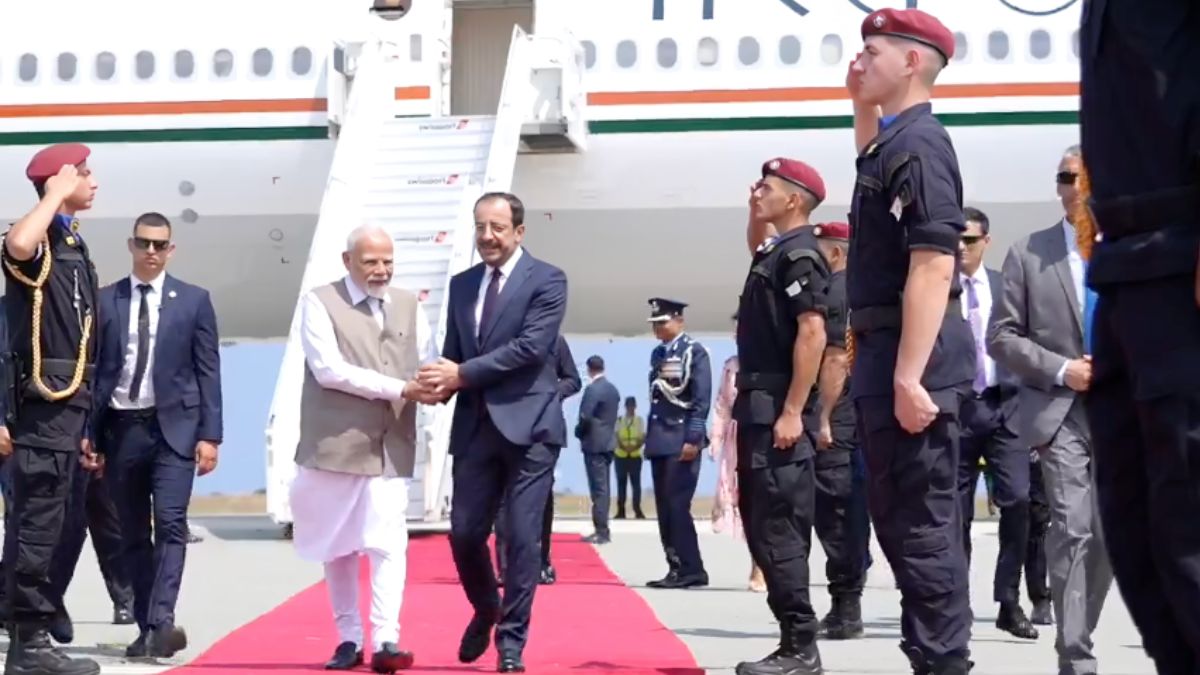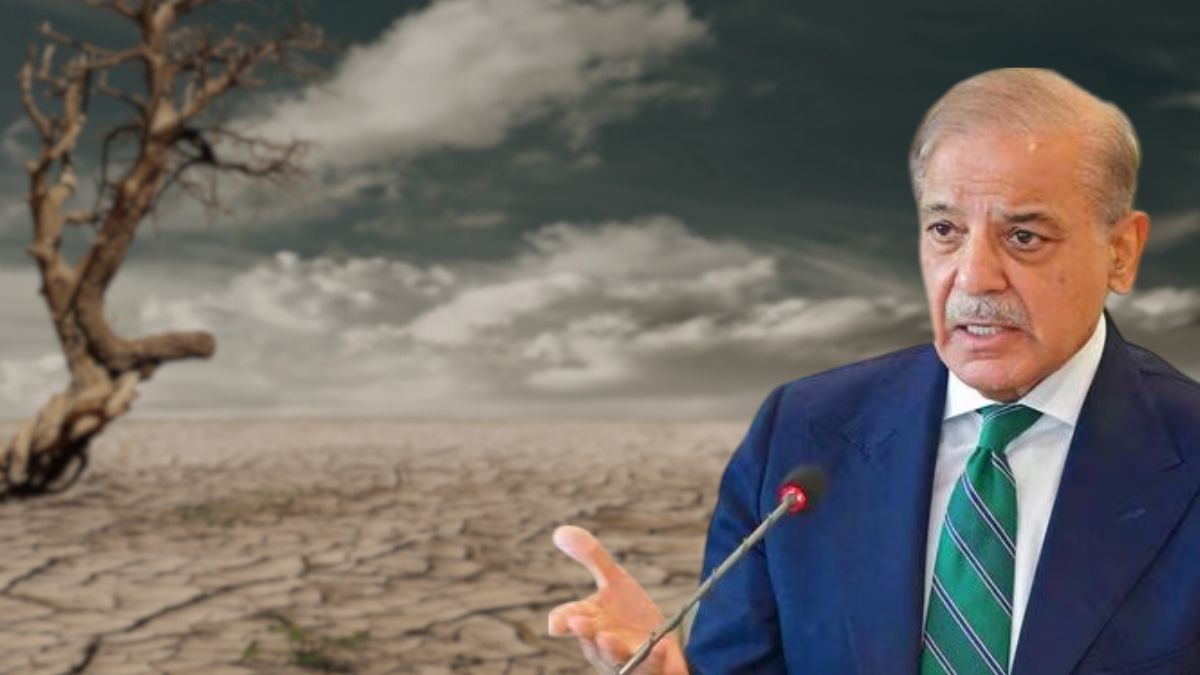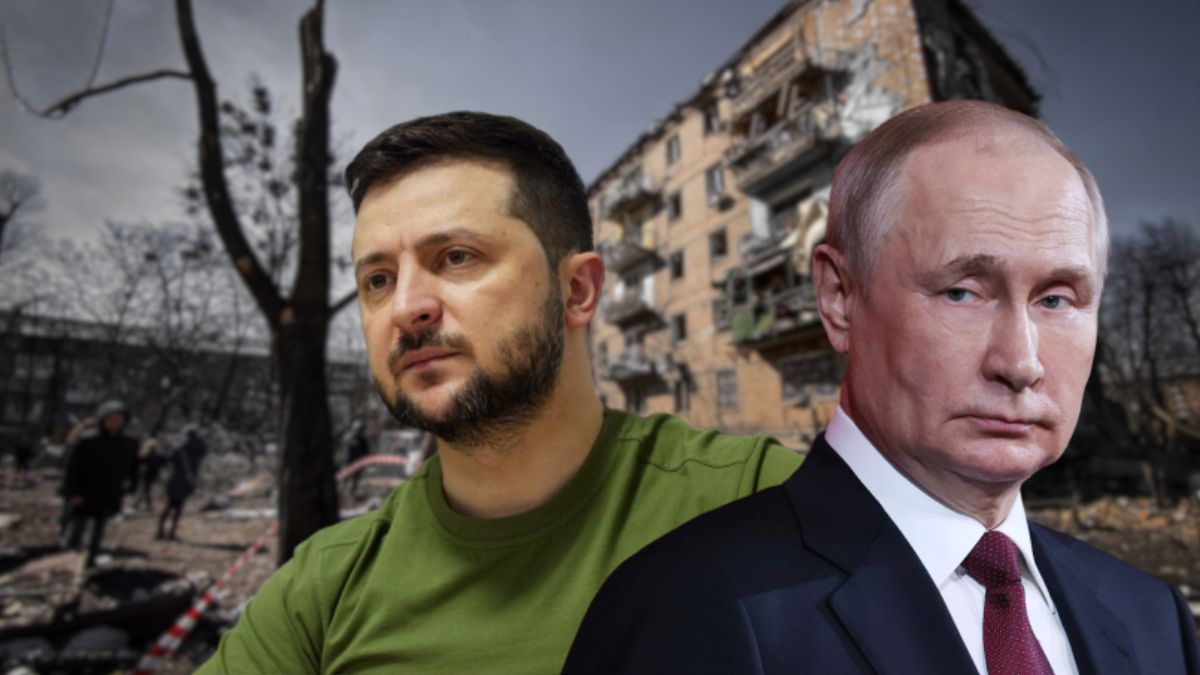Pakistan’s New Terror Front ‘Mountain Warriors Of Kashmir’ Exposes Old LeT Links
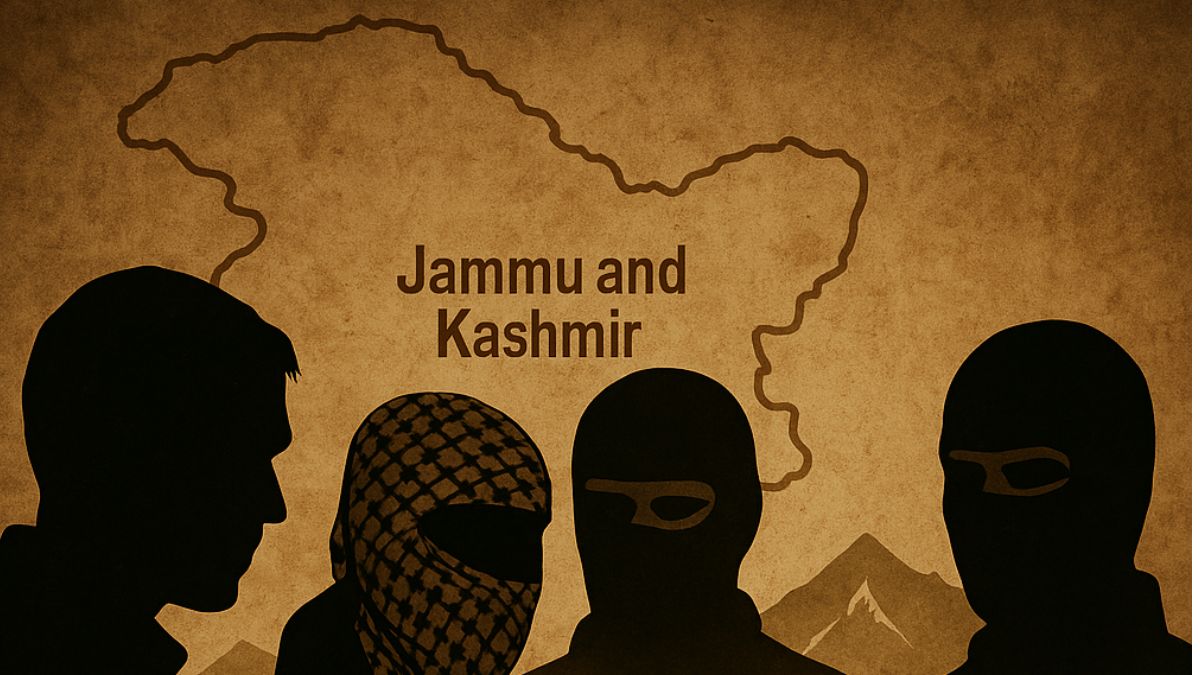
Pakistan’s latest front, the so-called Mountain Warriors of Kashmir, carries familiar shadows of Lashkar-e-Taiba, exposing how old networks return under new names. Image courtesy: AI generated picture via DALL-E
More than four months after India’s Operation Sindoor, which struck deep inside Pakistan on May 7, 2025, Islamabad’s terror ecosystem has unveiled yet another front organisation: the Mountain Warriors of Kashmir (MWK).
While the name suggests a Kashmiri nationalist identity, security experts say it is nothing more than a cosmetic repackaging of Lashkar-e-Taiba (LeT) and other proscribed groups, designed to evade global scrutiny.
The MWK issued its first press release on September 11, 2025, pledging to fight for “Azaadi” in Jammu & Kashmir. Signed by spokesperson Ahmad Hannan, the statement projected a Kashmiri connection.
But within 24 hours, another release listed Danish Bhat as the spokesperson. This was an attempt, intelligence officials say, to reinforce a Kashmiri facade for a Pakistan-driven terror project.
How is this old strategy of Pakistan’s ISI?
This strategy is not new. Pakistan-backed outfits have frequently adopted secular, locally resonant names like People’s Anti-Fascist Front (PAFF), The Resistance Front (TRF), and Kashmir Tigers (KT) to replace globally tainted brands like LeT, Jaish-e-Mohammed (JeM), and Hizbul Mujahideen.
Yet investigations consistently trace their command, logistics, and financing back to Pakistan’s Inter-Services Intelligence (ISI).
Officials highlight the TRF as a case in point. Despite projecting itself as a homegrown insurgent group after the abrogation of Article 370 in 2019, TRF operates as a LeT proxy, sharing training modules, arms procurement routes, and safe houses with the banned group. According to Indian security assessments, MWK follows the same blueprint.
What is Pakistan doing to keep the terror tempo up?
The timing of MWK’s emergence is also telling. Following Operation Sindoor, which destroyed LeT’s Markaz Taiba headquarters in Muridke, Pakistan’s establishment has been scrambling to rebuild its infrastructure.
The Pakistani government has reportedly sanctioned PKR 4 crore for reconstruction, though the project is running short of the PKR 15 crore LeT estimates it requires. Cadres displaced by the strikes have temporarily relocated to facilities in Bahawalpur and Kasur, overseen by senior LeT commanders including Abdul Rashid Mohsin and Ustadul Mujahiddin.
Security sources suggest LeT is racing to complete the Muridke rebuild before February 5, 2026, observed in Pakistan as Kashmir Solidarity Day. The deadline underscores LeT’s intent to use the occasion for propaganda value while continuing to cloak its activities under newer, seemingly “indigenous” banners like MWK.
How does this impact Indian security?
For India, the rise of MWK reinforces a familiar challenge: the recycling of terror outfits to sustain deniability for Pakistan. While international watchdogs like the Financial Action Task Force (FATF) have pressed Islamabad to dismantle terror infrastructure, the creation of groups like MWK highlights how Pakistan relies on rebranding to escape accountability.
Ultimately, MWK is not a new player but a new mask for old terror. The continuity of LeT’ leadership, infrastructure, and Pakistani patronage ensures that, despite cosmetic changes, the core of Pakistan-backed militancy in Kashmir remains unchanged.


